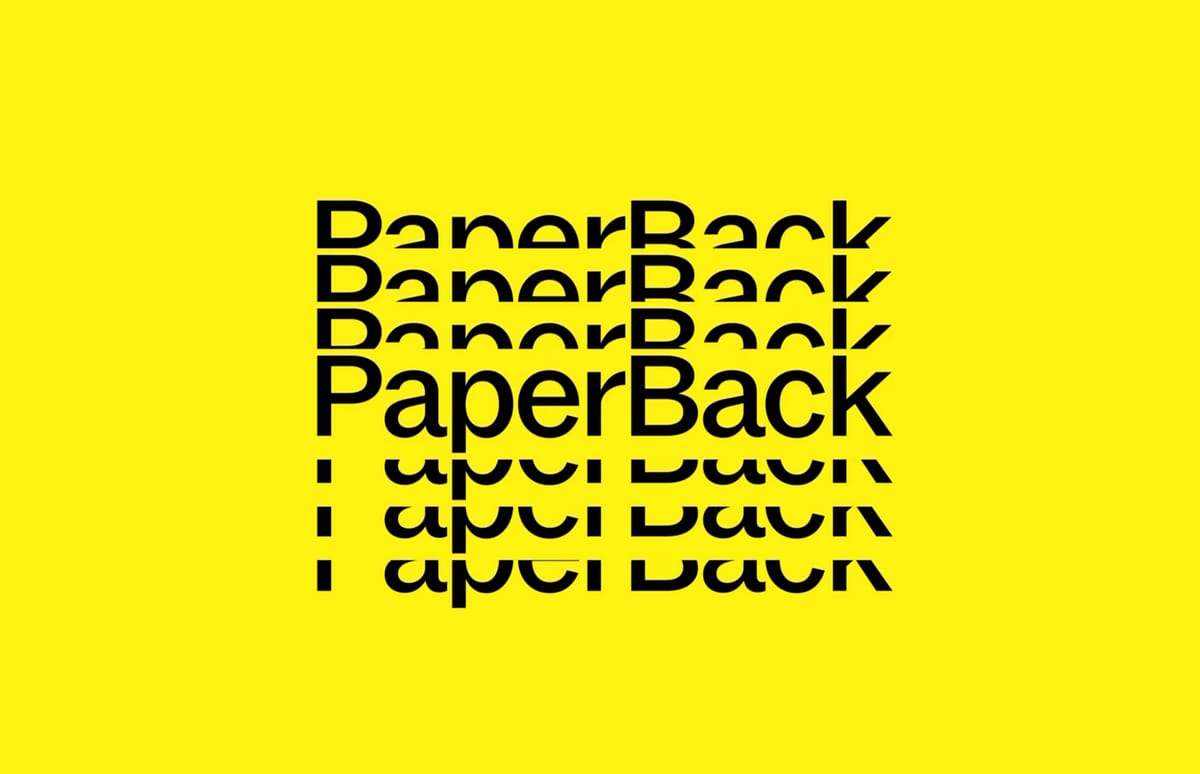
In a city defined by momentum, there is something electrifying about ink on paper. From November 6 to 8, PaperBack, the Diriyah Biennale Foundation’s art book fair, turns Studio B6 in JAX District into a living atlas of artists’ books, photobooks, zines, and the communities that make them. It is only the second edition, yet it already reads like a milestone for Saudi culture, a place where the tactile power of print meets the speed and scale of a transforming Riyadh.
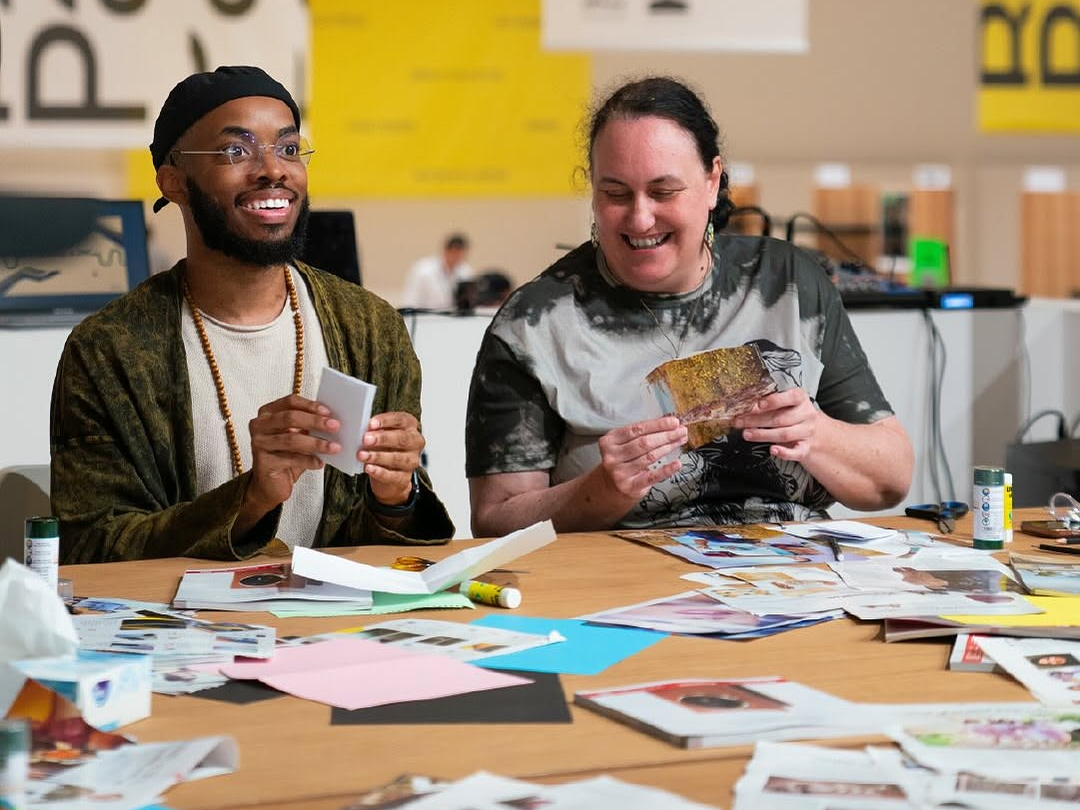
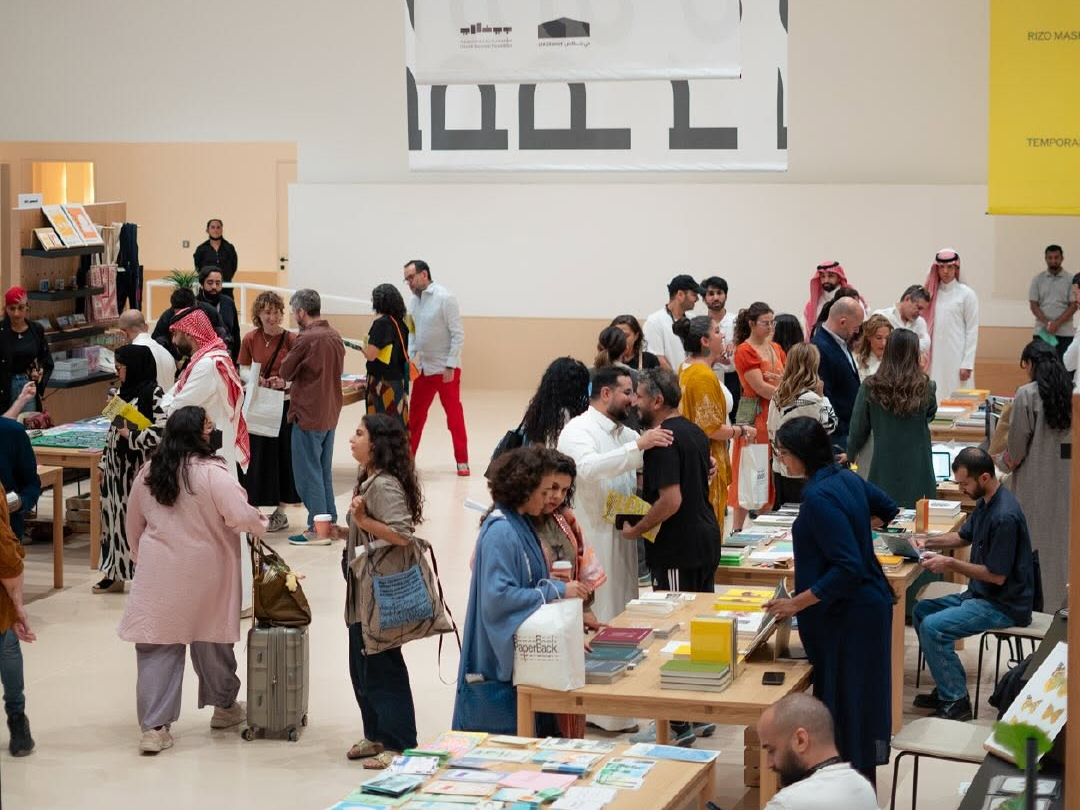
What PaperBack Is Really About
PaperBack is not a generic literary market or a souvenir swap. It is a curated stage for art-led publishing. The fair can be thought of as a studio visit multiplied by a hundred, except the medium is paper, binding, and the conversation between image and text. The Diriyah Biennale Foundation frames the fair as a platform where artists, collectives, independent presses, and booksellers connect with diverse audiences and build relationships that last beyond the weekend. The focus is on practice as much as on product, and on the ways printed matter becomes a social space.
The setting matters. JAX District is the Kingdom’s flagship creative zone, and Studio B6 has already become part of PaperBack’s DNA. It anchors the fair inside a growing cultural infrastructure while keeping the energy intimate enough for real dialogue.
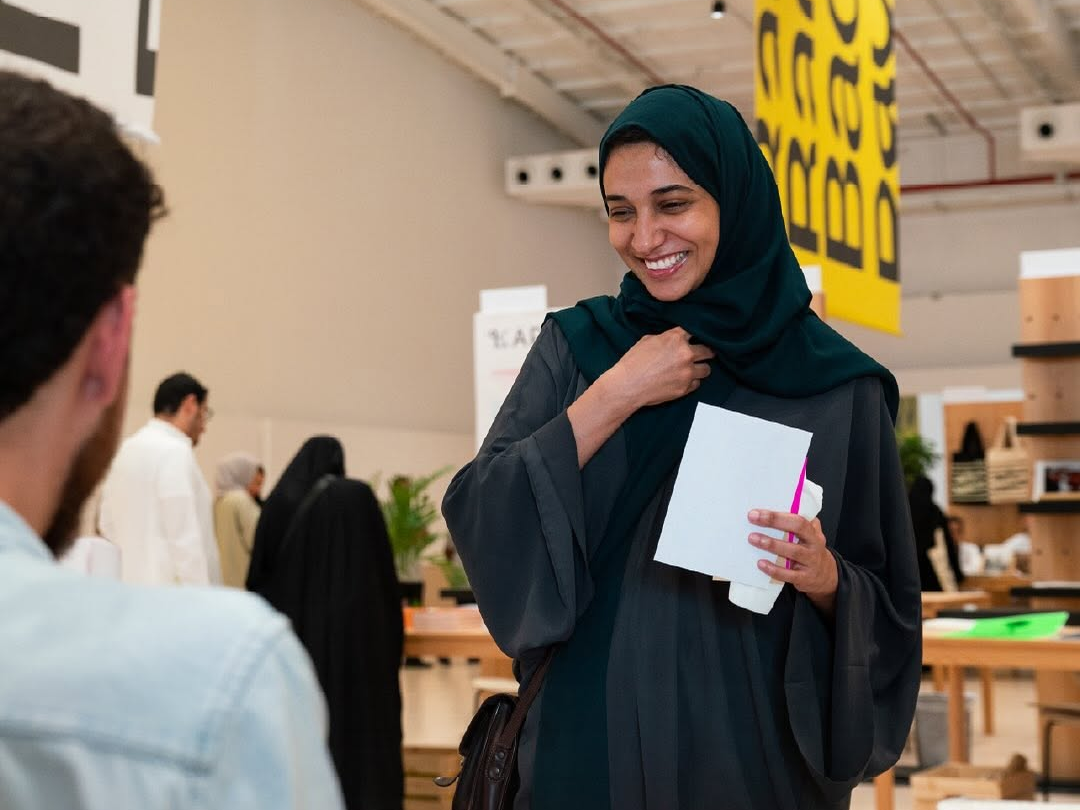
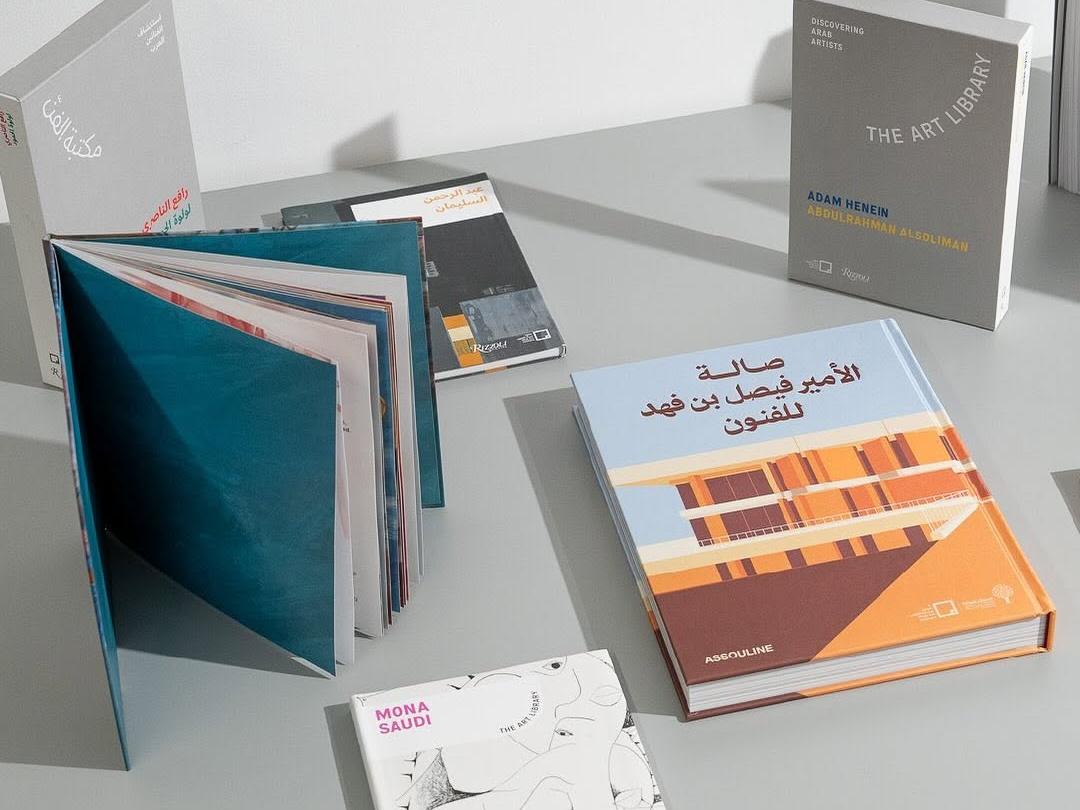
How PaperBack Creates Real Value
If you only remember one thing, make it this: PaperBack creates value at the intersection of discovery, access, and career momentum.
- A Concentrated Market for Artist-Led Print.
PaperBack is one of the few regional gatherings built specifically for artists’ books, photobooks, and experimental print. That focus raises the signal above the noise and makes the fair the natural meeting point for Saudi creatives who publish, collect, or curate printed matter. - Global Network, Local Reach.
Between official announcements and press previews, the second edition is set to convene more than 30 publishers from well over a dozen countries, expanding on the inaugural year and bringing international ecosystems into JAX. The result is meaningful access for Saudi artists, editors, and institutions without leaving Riyadh. - Small Runs, Real Scarcity.
Much of what appears at PaperBack never hits mainstream retail. Risograph zines, limited photobooks, artist editions, and back issues often sell out in the room. For collectors and libraries, the fair functions as a discovery engine where cultural value outpaces price. For makers, it is where a book can find its ideal reader in real time. - Programming that Accelerates Careers.
The Diriyah Biennale Foundation integrates discussions, launches, performances, and special projects, which means PaperBack is not only transactional. It is a platform to pitch ideas, test formats, meet collaborators, and be seen by curators and editors who shape the region’s cultural calendar. - Continuity Between Biennales.
Because the fair is produced by DBF, it keeps the conversation alive between biennales. That continuity matters. It builds muscle memory for audiences and a dependable cadence for practitioners who need consistent platforms, not just occasional bursts of attention.



The Texture of the Fair
Walk the floor and the names set the tempo. From Saudi’s own Bin Atiah Studio to Bangalore’s Reliable Copy, Cairo’s Cairo Art Book Fair and Rizo Masr, Italy’s Frab’s Magazines & More, Cairo-born imprint Kayfa ta, Tokyo photobook specialists Shashasha, and the UAE’s Swalif Collective, the mix is deliberately cross-regional and medium-rich. It’s a snapshot of who’s shaping artist-led publishing right now, gathered table by table in Studio B6.
It’s not just publishers behind the tables. Editors, curators, librarians, and residency directors work the aisles hunting new voices and collaborative projects, while signings and quick-release zines pop up through the weekend. With 30+ publishers from around 17 countries expected, the fair doubles as a live directory of the region’s print ecosystem in dialogue with the world.


The Second Edition's Energy
Second editions are revealing. The first year proves feasibility. The second proves direction. With dates confirmed for November 6 to 8 and the organizational heft of DBF behind it, PaperBack Art Bookfair 2025 reads like a thesis statement for art-led publishing in Saudi Arabia. It demonstrates that there is a regional appetite for the book as artwork and archive, that international presses want to be in the room, and that audiences will show up for conversations as much as for purchases.
This year’s edition welcomes an expanded international presence, bringing together participants from across the Kingdom alongside voices from Egypt, China, the United Arab Emirates, India, Lebanon, Qatar, the Netherlands, Morocco, Singapore, Italy, Switzerland, and Japan. Over three days, the fair will unfold through a diverse interactive program including workshops, panel discussions, and art performances designed to spotlight both emerging and established talent across the sector.
How PaperBack Shapes Practice
For artists, PaperBack can be a litmus test. Can the work hold as a book, not just as a wall piece or a post? Does the sequence build meaning, or does it rely on scale? What happens when text enters the frame? Those questions sharpen practice and open doors to new formats, from editioned artist books to hybrid publications that live between catalogue and artwork.
For publishers, it is a chance to calibrate. Which titles resonate in Riyadh. Where do readers linger. What price points sustain experimental work. The feedback loop is immediate and human, an antidote to anonymous analytics.
For collectors and institutions, the fair compresses due diligence. You see the work, meet the maker or editor, understand context, and sense momentum. Acquisition is less about hype and more about a conversation that becomes a commitment.
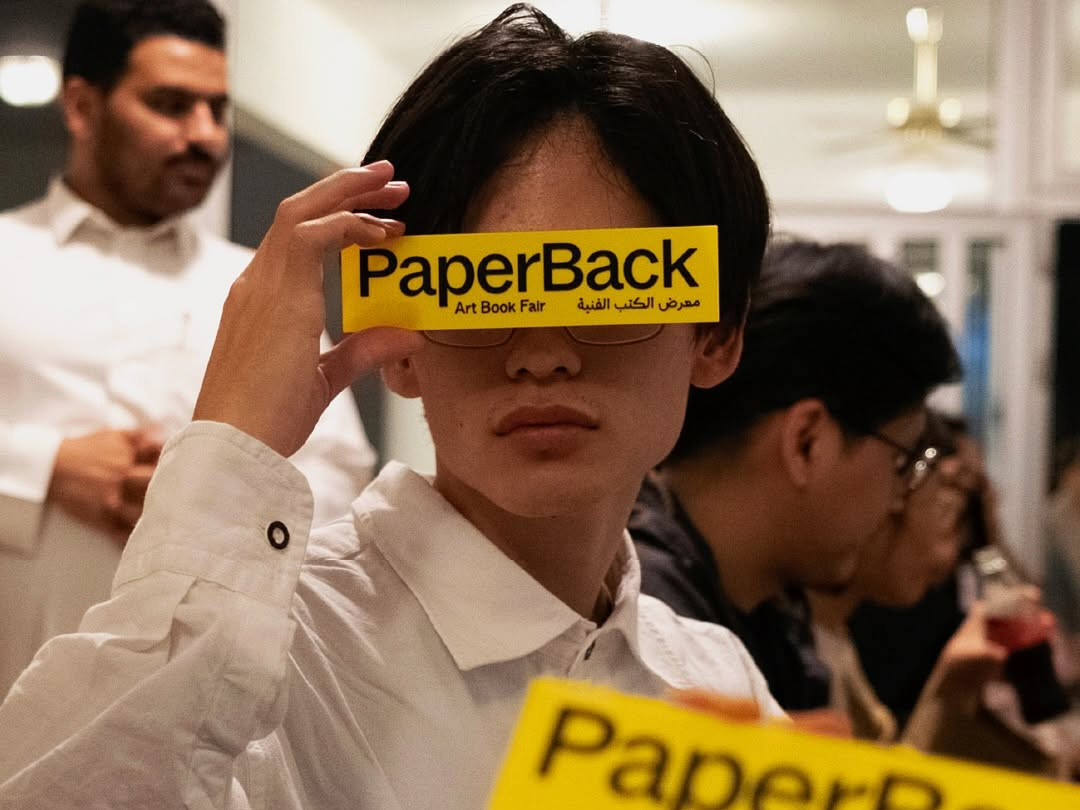
What Matters Most
If the fair continues on this trajectory, it will not only document Saudi art’s evolution. It will shape it. Not with billboards or algorithms, but with the oldest technology in culture: paper, ink, hands, and time.
Inspired by PaperBack Art Book Fair?
Explore more Saudi art events, openings, and design weeks at KSA Art.

